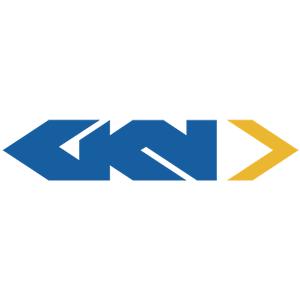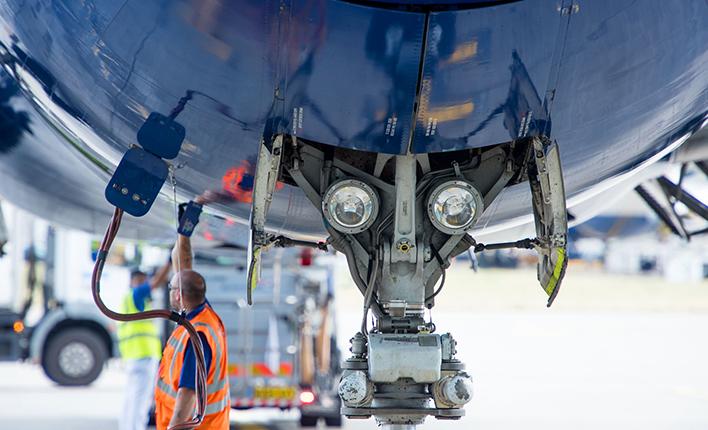
NAPKIN – New Aviation Propulsion Knowledge and Innovation Network – is establishing a blueprint for zero carbon aviation by modelling the introduction of low or zero emissions aircraft into regional and short-haul aviation, such as those with hydrogen or electric propulsion.
NAPKIN directly responds to the need to boost regional connectivity sustainably; contribute to net zero goals; and identify economic opportunities which fit with the notion of ‘building back better’.
Heathrow is working in partnership with 9 consortium members: Rolls-Royce, GKN, Cranfield Aerospace Solutions, Cranfield University, University College London, University of Southampton, London City Airport, Highlands and Islands Airport and Deloitte.
Academic studies
The project is organised around 5 core themes, taking a ‘whole aviation system’ approach. Each theme builds data and understanding in support of the others. In this way NAPKIN’s outputs will describe a workable blueprint for the introduction of zero carbon flight.
Developing a roadmap on technology improvements including power generation, storage and propulsion. This will inform when the hydrogen aircraft concepts could enter into service.
Analysis of the key characteristics for both small (9-19 seats) and large aircraft (50-90 seats)
Examining concept aircraft performance and operating constraints. Including noise, airspace considerations, ground operations and future infrastructure requirements such as re-fuelling requirements.
Detailed airline behaviour and multimodal demand models to examine how the aircraft concepts and operating constraints will affect passenger behaviour.
Pulling together the research to understand how the constraints and opportunities identifies by the project could affect the potential future market for hydrogen-fuelled aircraft.
Project NAPKIN is exploring key questions for the decarbonisation of aircraft and what that means for airports such as:
The consortium was formed in 2020 when the onboarding process with Innovate UK began and the research started.
The project will develop the blueprint through a set of three ‘design spirals’, each iterating and enhancing the data. NAPKIN is ongoing – early modelling outputs are expected towards the end of 2021.
The Innovate Future Flight programme will enter a third phase which may present opportunities to progress to demonstration pilots.


















